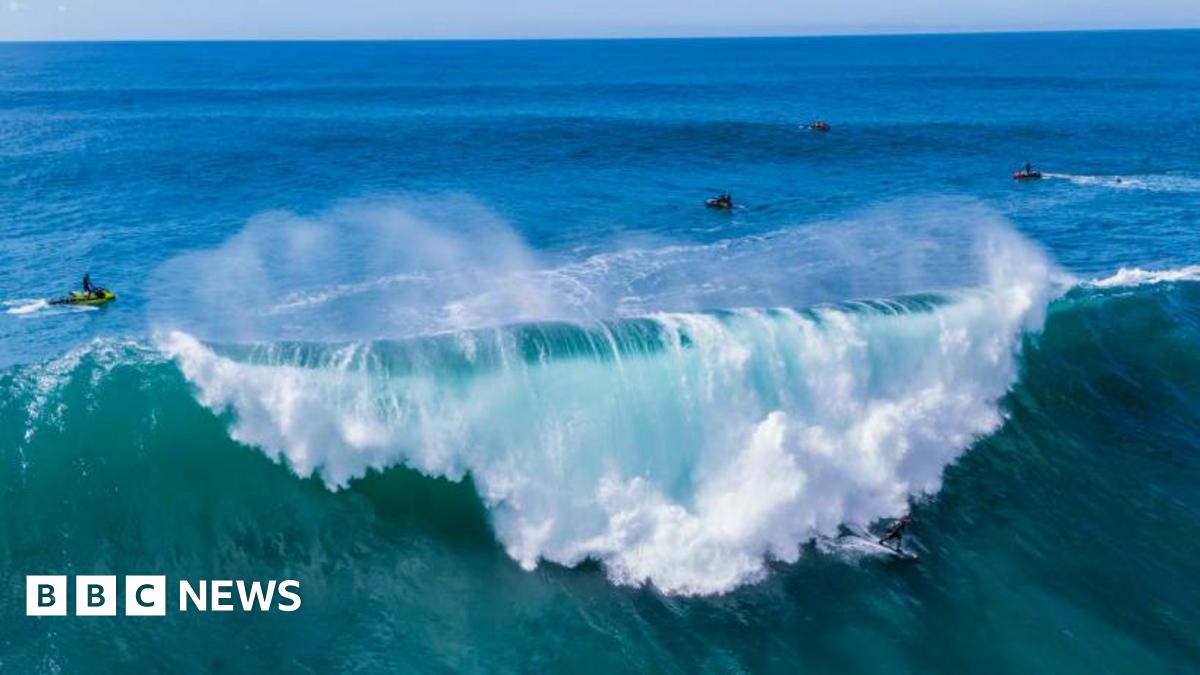Ocean Carbon Removal: Cooling Our Planet? A Deep Dive into a Promising Climate Solution
The climate crisis is upon us, and the urgency for effective solutions is undeniable. While reducing emissions remains paramount, scientists and engineers are increasingly exploring methods to actively remove existing carbon dioxide (CO2) from the atmosphere. Among the most promising avenues is ocean carbon removal (OCR), a suite of technologies aiming to harness the ocean's vast capacity to absorb and store carbon. But is OCR truly a viable solution for cooling our planet, and what are the potential challenges and considerations?
Understanding Ocean Carbon Removal
The ocean has historically played a crucial role in regulating Earth's climate, absorbing roughly a quarter of human-caused CO2 emissions. OCR technologies build upon this natural process, employing various methods to enhance the ocean's carbon sequestration capabilities. These methods fall broadly into two categories:
-
Biological approaches: These methods focus on stimulating natural processes that remove CO2 from the atmosphere and store it in the ocean. This includes:
- Ocean fertilization: Introducing nutrients like iron into the ocean to stimulate phytoplankton growth. Phytoplankton absorb CO2 through photosynthesis and, upon death, sink to the ocean floor, taking carbon with them. However, the ecological impact of this method remains a significant area of research and debate.
- Seaweed cultivation: Growing large quantities of seaweed, which absorbs CO2 rapidly, then harvesting and either burying it or converting it into biofuels. This offers a potentially more sustainable and manageable approach compared to ocean fertilization.
- Blue carbon ecosystem restoration: Protecting and restoring coastal ecosystems like mangroves, salt marshes, and seagrass beds, which are highly effective at sequestering carbon.
-
Chemical approaches: These methods involve directly capturing CO2 from the atmosphere and then storing it in the ocean. This includes:
- Direct air capture (DAC) with ocean storage: Capturing CO2 from the air using DAC technology and subsequently injecting it into deep ocean sediments. This is a relatively nascent technology facing significant technological and logistical hurdles.
- Alkalinity enhancement: Increasing the ocean's alkalinity (pH level) to enhance its capacity to absorb CO2. This can be achieved through adding alkaline substances like olivine rocks to the ocean. The long-term effects and potential environmental consequences are still being studied.
The Potential and the Pitfalls
OCR holds immense potential as a climate solution. The ocean's vast size means it could theoretically store enormous quantities of carbon. Furthermore, some OCR methods, such as seaweed cultivation and blue carbon ecosystem restoration, offer co-benefits like biodiversity enhancement and improved coastal protection.
However, several significant challenges need addressing:
- Ecological impacts: Many OCR methods carry potential risks to marine ecosystems. Unintended consequences could include algal blooms, changes in ocean chemistry, and harm to marine life. Rigorous environmental impact assessments are crucial.
- Scalability and cost: Scaling up OCR technologies to significantly impact global CO2 levels will require massive investment and technological advancements. The cost-effectiveness of various methods also needs careful evaluation.
- Monitoring and verification: Accurately measuring and verifying the amount of carbon sequestered by OCR methods is challenging. Robust monitoring and verification systems are needed to ensure accountability and transparency.
- Governance and regulation: International cooperation and robust regulatory frameworks are essential to prevent misuse and ensure environmentally responsible deployment of OCR technologies.
Conclusion: A Promising Path, but Not a Silver Bullet
Ocean carbon removal offers a promising avenue in the fight against climate change. However, it's crucial to approach OCR technologies with caution and thorough scientific understanding. Further research, careful monitoring, and robust governance are vital to ensure these methods are deployed safely and effectively, complementing, not replacing, the urgent need for significant emission reductions. The future of our planet may well depend on our ability to harness the ocean's potential while mitigating the risks involved.
Further Reading:
Call to Action: Learn more about ocean carbon removal and its potential impact. Support research and development efforts aimed at making this technology safe and effective. Advocate for responsible governance and regulation of OCR technologies.

